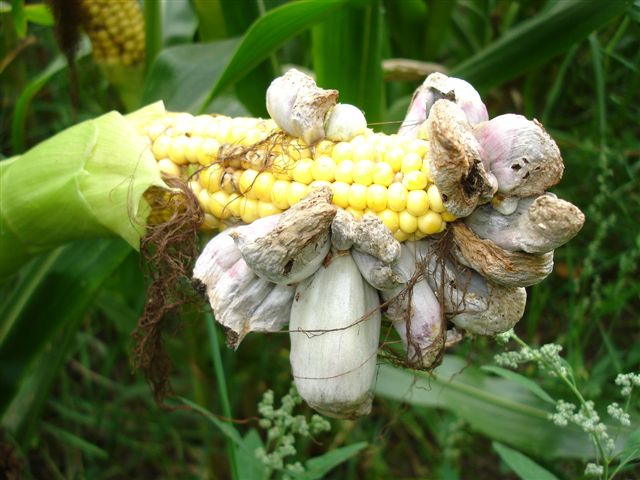|
Gustav Gassner
Gustav Gassner (born 17 January 1881 in Berlin; died 5 February 1955 in Lüneburg) was a German botanist and plant pathologist whose 1918 paper on vernalization has been called "the first systematic study of temperature as a factor in the developmental physiology of plants." His wide-ranging research interests in phytopathology and plant physiology included work on photosynthesis and plant nutrition as well as practical work on plant diseases such as rust and smut. His classic text from 1931 ''Mikroskopische Untersuchung pflanzlicher Lebensmittel und Futtermittel'' ("Microscopic examination of plant foods and beverages") is still in use in German universities and is still referred to by German students as "Gassner." Personal life In 1910 he returned to Germany from Montevideo, Uruguay and married Lili Fassier-Farnell, with whom he had four sons and a daughter. Scientific career Gassner, the son of emigrants from Salzburg, attended the Friedrichs-Gymnasium in Berlin and then stu ... [...More Info...] [...Related Items...] OR: [Wikipedia] [Google] [Baidu] |
Berlin
Berlin ( , ) is the capital and largest city of Germany by both area and population. Its 3.7 million inhabitants make it the European Union's most populous city, according to population within city limits. One of Germany's sixteen constituent states, Berlin is surrounded by the State of Brandenburg and contiguous with Potsdam, Brandenburg's capital. Berlin's urban area, which has a population of around 4.5 million, is the second most populous urban area in Germany after the Ruhr. The Berlin-Brandenburg capital region has around 6.2 million inhabitants and is Germany's third-largest metropolitan region after the Rhine-Ruhr and Rhine-Main regions. Berlin straddles the banks of the Spree, which flows into the Havel (a tributary of the Elbe) in the western borough of Spandau. Among the city's main topographical features are the many lakes in the western and southeastern boroughs formed by the Spree, Havel and Dahme, the largest of which is Lake Müggelsee. Due to its l ... [...More Info...] [...Related Items...] OR: [Wikipedia] [Google] [Baidu] |
Agricultural University Of Montevideo, Uruguay
Agriculture or farming is the practice of cultivating plants and livestock. Agriculture was the key development in the rise of sedentary human civilization, whereby farming of domesticated species created food surpluses that enabled people to live in cities. The history of agriculture began thousands of years ago. After gathering wild grains beginning at least 105,000 years ago, nascent farmers began to plant them around 11,500 years ago. Sheep, goats, pigs and cattle were domesticated over 10,000 years ago. Plants were independently cultivated in at least 11 regions of the world. Industrial agriculture based on large-scale monoculture in the twentieth century came to dominate agricultural output, though about 2 billion people still depended on subsistence agriculture. The major agricultural products can be broadly grouped into foods, fibers, fuels, and raw materials (such as rubber). Food classes include cereals (grains), vegetables, fruits, cooking oils, meat, milk, egg ... [...More Info...] [...Related Items...] OR: [Wikipedia] [Google] [Baidu] |


